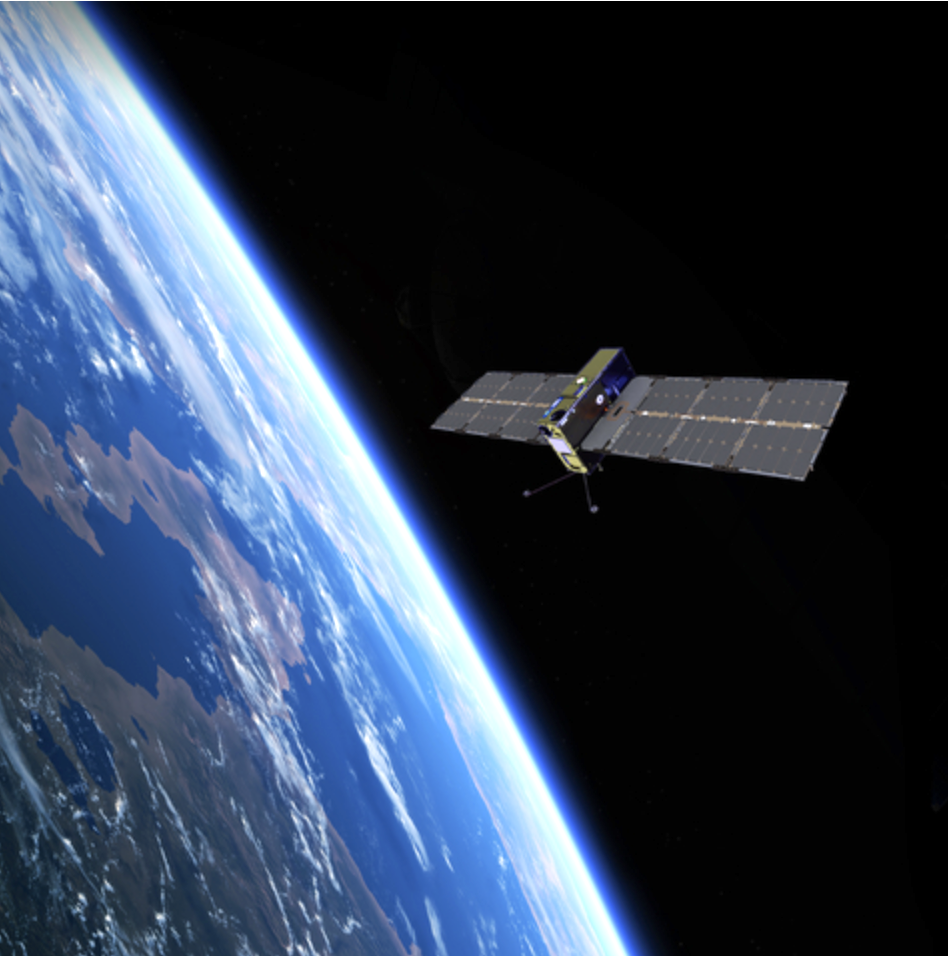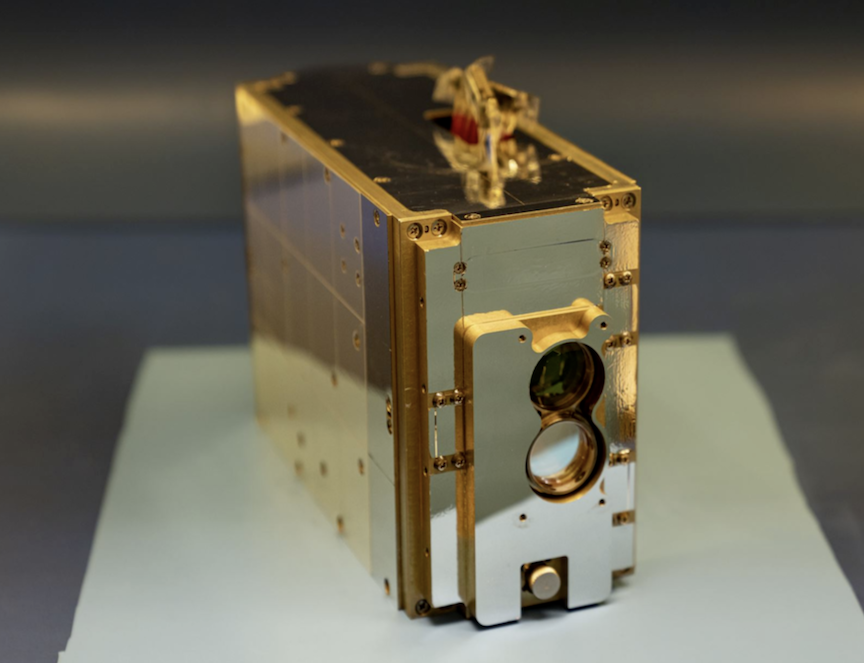
This breakthrough has the potential to revolutionize the space-based Earth Observation and synthetic aperture radar industries, among others, by offering a space-demonstrated solution to the data throughput bottlenecks that have historically limited their capabilities.
Terran Orbital Corporation, provider of global satellite solutions, primarily serving the United States and Allied aerospace and defense industries, announced the first signal acquisition of the Terabyte Infrared Delivery (TBIRD) Lasercom Optical Link on NASA’s Pathfinder Technology Demonstrator 3 (PTD-3) satellite. Acquisition of the Lasercom Optical Link means that the spacecraft and the optical ground terminal have successfully exchanged laser communication signals — bringing PTD-3 one step closer to full payload commissioning.

The TeraByte InfraRed Delivery, or TBIRD, is a payload on the PTD-3 mission. It is a 3U payload, approximately the size of a tissue box.
Credits: Massachusetts Institute of Technology’s Lincoln Laboratory
The PTD-3 mission is one in a series of NASA small satellite technology demonstration missions. The mission series, managed by NASA’s Small Spacecraft Technology program within the agency’s Space Technology Mission Directorate, demonstrates novel CubeSat technologies in Low-Earth Orbit (LEO). The TBIRD system is funded by NASA’s Space Communications and Navigation program and was built by the Massachusetts Institute of Technology Lincoln Laboratory (MITLL) in Lexington.
Following Terran Orbital’s completion of the commissioning process for the PTD-3 spacecraft, the TBIRD payload will demonstrate an astonishing 200-Gbps space-to-ground optical link. With a transmission rate of multiple orders of magnitude faster than current state-of-the-art satellite communications, this NASA and MITLL technology would enable spacecraft to downlink several terabytes of data to the ground in a single ground station pass. This breakthrough has the potential to revolutionize the space-based Earth Observation and synthetic aperture radar industries, among others, by offering a space-demonstrated solution to the data throughput bottlenecks that have historically limited their capabilities.
Terran Orbital designed, built, and tested the Pathfinder Technology Demonstrator bus accommodating the payload, as well as the payload’s unique interface board in addition to performing thermal and structural analyses on the spacecraft. Terran Orbital also developed custom guidance, navigation, and control (GNC) algorithms to accommodate this mission’s tight pointing requirements, as well as a novel on-orbit lasercom boresight scanning algorithm. Terran Orbital assembled, integrated, and tested the spacecraft prior to its launch aboard SpaceX Transporter-5. Now Terran Orbital is leading PTD-3’s mission operations, commissioning, Launch and Early Orbit Phase (LEOP), and on-orbit activities for the spacecraft. NASA and MITLL lead the overall coordination and on-orbit operations for the TBIRD payload.
“Terran Orbital has been privileged to be involved with PTD-3 since its inception,” said Terran Orbital Co-Founder, Chairman, and Chief Executive Officer Marc Bell. “PTD-3 is opening a universe of possibility when it comes to future mission capabilities. Terran Orbital looks forward to working alongside NASA and MITLL as we continue to design, build, and deliver unprecedented satellite solutions.”
